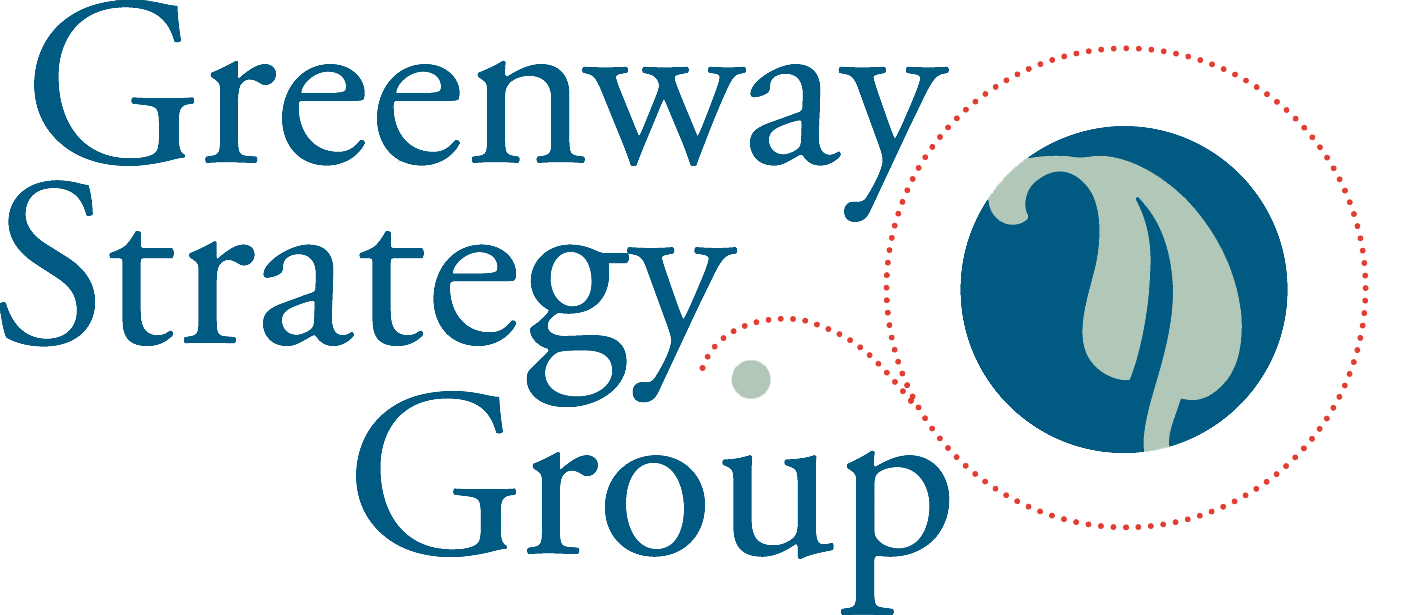How to Authentically Engage Stakeholders
and why being inauthentic can be worse than no engagement at all…
Stakeholders are key to informing the future strategy of social impact organizations. There are many methods to engage stakeholders both in-person and virtually. Regardless of the method, stakeholder engagement lacks benefit if the input is not actually used to shape the future strategy. Inauthentic engagement leads to cynicism and a lack of trust – and can ultimately be worse than no engagement at all.
Engagement can occur through open forums, small focus groups, individual interviews, surveys or other asynchronous virtual tools. When stakeholder engagement is authentic it has the following characteristics.
Inclusive
Every effort should be made to ensure all interested stakeholders can participate. This is influenced by where in-person sessions are held, when in-person sessions are held, the media and methods for inviting participants, and the language used to communicate and engage.
Structured
Stakeholder input opportunities need sufficient structure so that participants can meaningfully engage within a succinct amount of time. Whether in-person or virtual, all opportunities should include clearly worded questions, unbiased and neutral phrasing, procedures to ensure even participation so all views are considered, and reasonable yet efficient allotment of time. Be clear when gathering stakeholder input about what can be influenced and what cannot. For example, if there are budget constraints, asking stakeholders to limit ideas to those that are feasible with existing resources will set appropriate expectations and boundaries for the input.
Captured
When planning stakeholder engagement, carefully consider how the input will be recorded. Simply allowing people to comment is not authentic engagement. With multiple-choice surveys, include opportunities for open-ended input to allow participants to offer new insights. When capturing input during forums, focus groups, or interviews be sure that someone is making notes of the comments in a format that can be analyzed. If groups are self-managed and record ideas on worksheets, flip charts, or virtual whiteboards be certain these are maintained after the meeting for analysis.
Analyzed
Simply compiling input and distributing it is not analysis. Analysis of qualitative input (comments, notes, worksheets or artifacts) requires review, coding, categorization, and synthesis. When designing input opportunities, give careful consideration to how the input will be analyzed so that the method of capturing the information supports thorough analysis. Analysis can be time-consuming and resource-intensive. It is essential to determine who will conduct the analysis, what tools they will use, and how long it will take before launching the stakeholder engagement. Analysis should be done for each stakeholder input method individually, as well as across methods to identify the predominant ideas. If using surveys, ask participants to indicate their role so that different types of stakeholders can be considered separately. If gathering input during community forums, consider grouping similar stakeholders together and analyzing their input separately, if it is important to consider their input specifically.
Utilized
Once stakeholder input is gathered, the implications for the future strategy must be identified and utilized to inform decisions. If decisions are pre-determined or lack flexibility based upon stakeholder input, then stakeholder engagement will not be authentic.
Communicated
It is essential to communicate back to stakeholders with a synthesis of their input that identifies the relevant areas of consensus. Providing a thoughtful synthesis ensures that people see their voice reflected, builds awareness of the perspectives of others, and establishes credibility. It is equally important to demonstrate how their input influenced the strategy work. Closing the loop from input to decisions ultimately ensures authentic stakeholder engagement.
Leveraged
Authentically engaging stakeholders is not just solid practice, it is critical to the bottom line. Organizations that authentically engage stakeholders are much more likely to pass bond referendums, attract grants, engage additional partners, and weather difficult times. Establishing a sense of ownership and connection among stakeholders through authentic engagement will generate ongoing support for social impact organizations.
© GreenwayStrategyGroup2020

